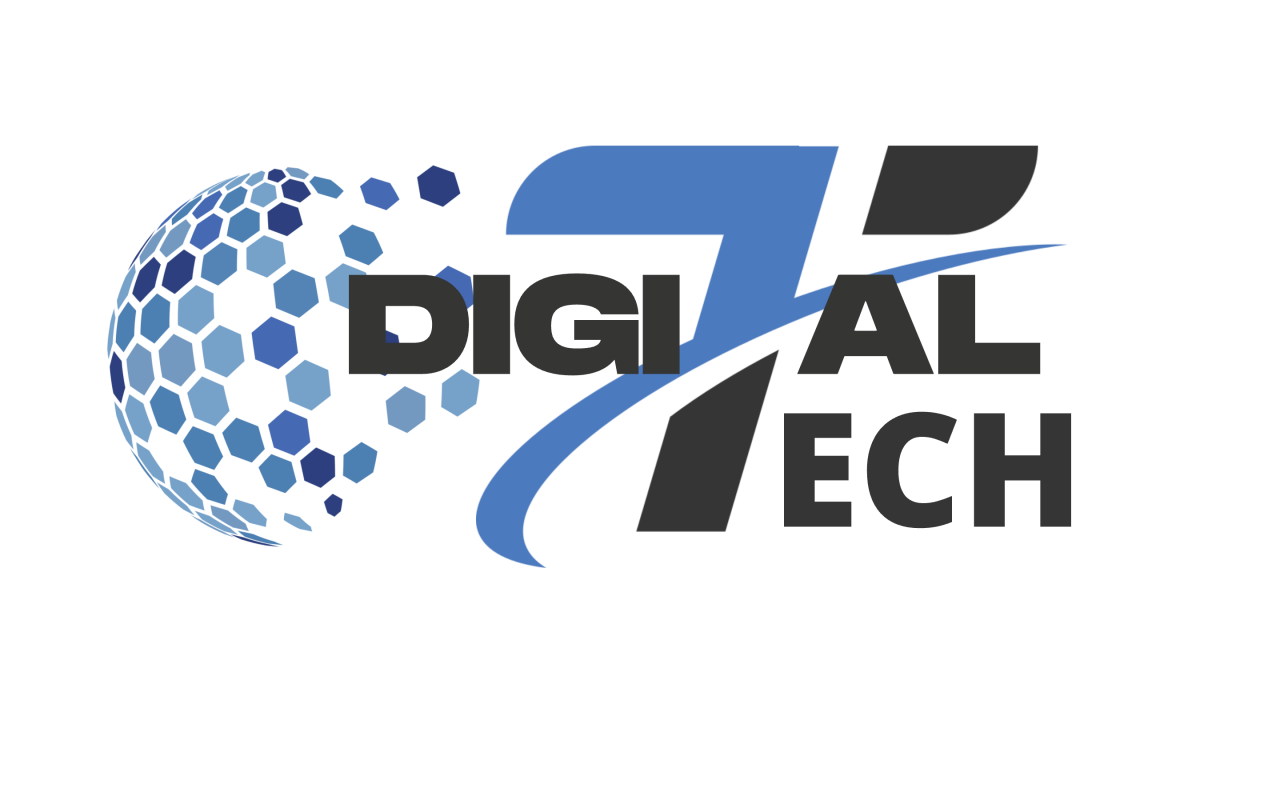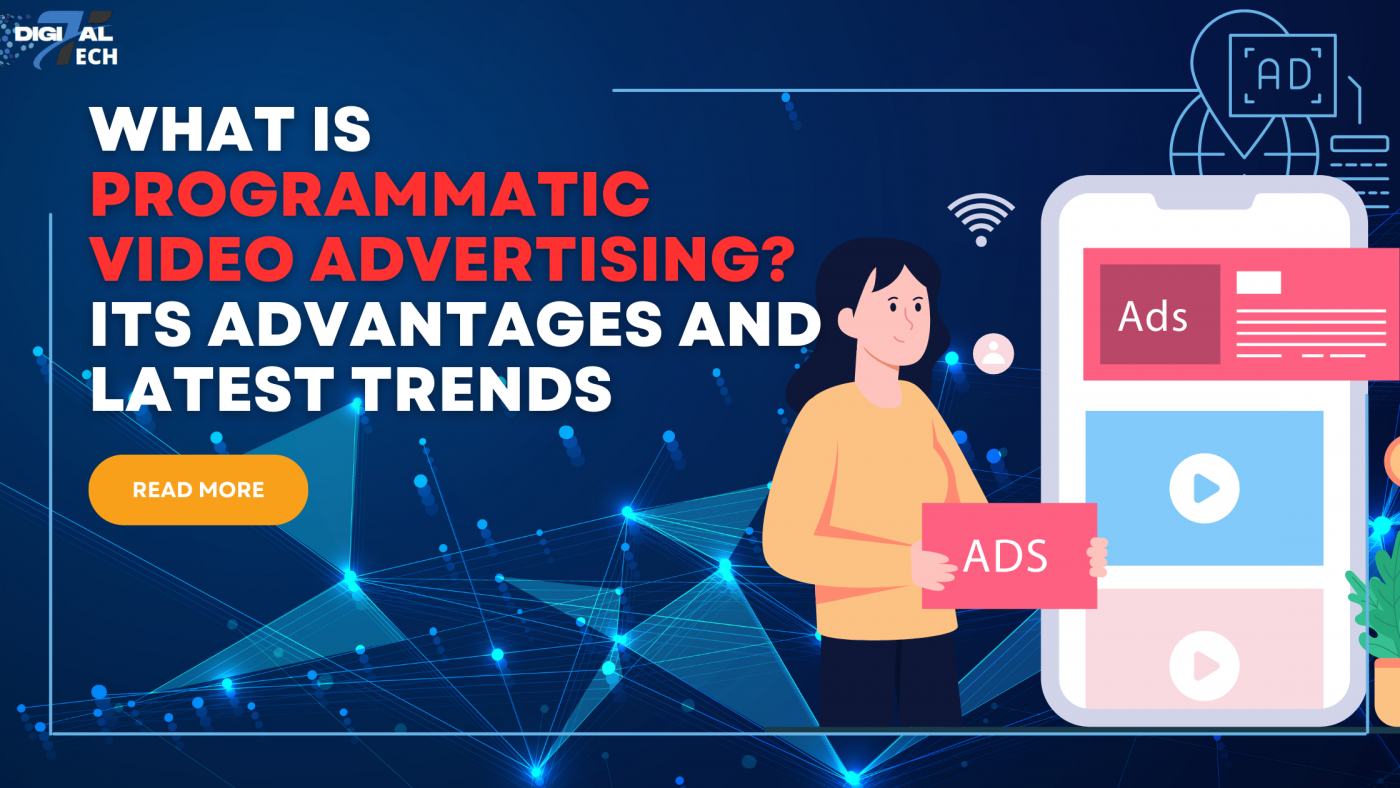Advertisers are always looking for new ways to attract viewers and inspire meaningful interaction in the age of mobile user acquisition and online video consumption.
Programmatic video advertising, a cutting-edge method that leverages data-driven automation to distribute highly targeted video advertisements on several digital platforms, is worth discussing.
This cutting-edge technology automates the ad-buying process and helps advertisers reach the appropriate audience at the right time with the right message by optimizing their marketing campaigns.
Organizations must understand programmatic video advertising’s potential and power to be competitive in the ever-changing digital advertising world.
1. What is programmatic video advertising?
Programmatic video advertising has revolutionized digital advertising by automating real-time video ad inventory purchases and sales, utilizing complex algorithms and platforms.
Advertisers can better target their audience through digital media by replacing the “manual” method with this one.
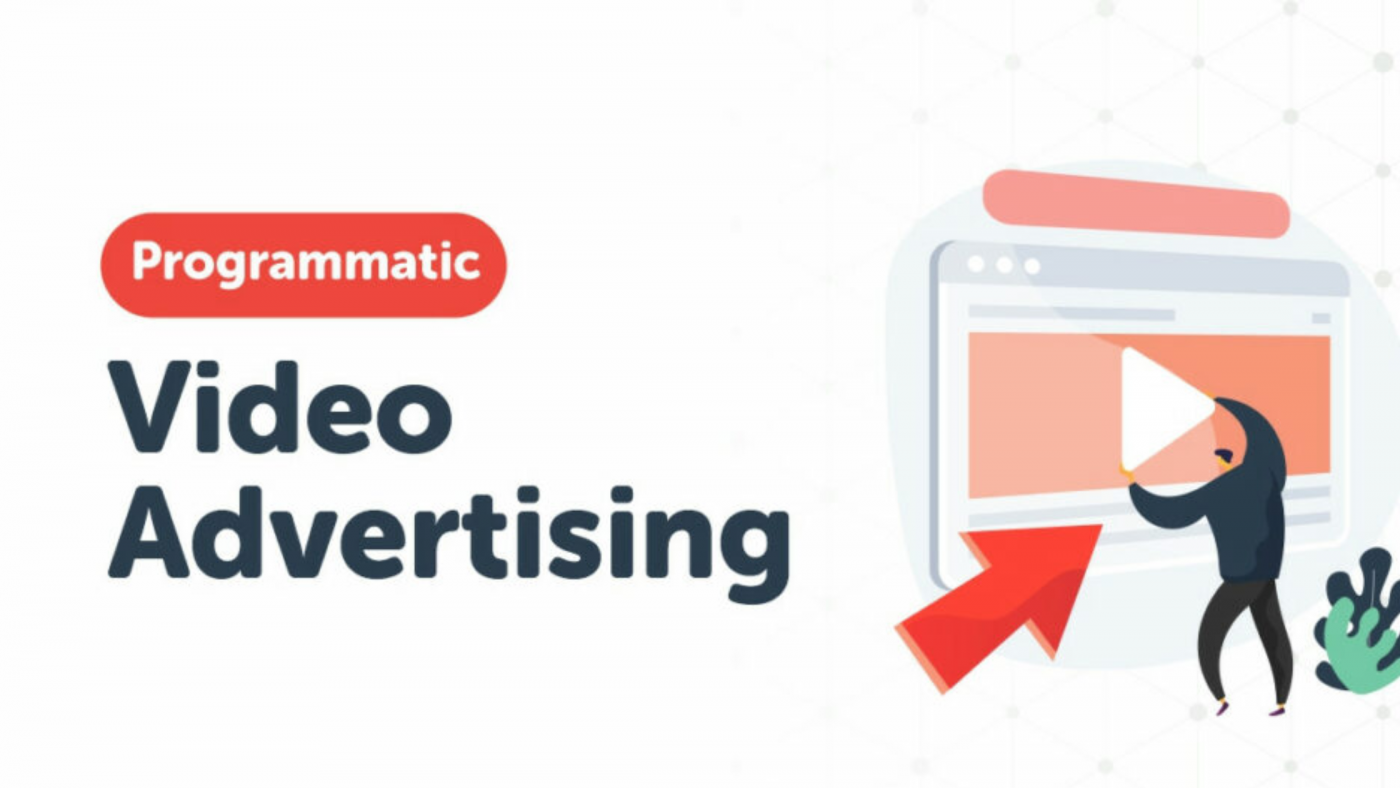
What is programmatic video advertising?
Programmatic video advertising uses data insights and machine learning algorithms to target clients with relevant and personalized ads based on browsing history, interests, and maybe demographics.
Marketers may maximize ad spend and ROI by targeting the right audience at the right time with the right message.
Programmatic video advertising relies on marketers, publishers, ad exchanges, DSPs, SSPs, and data management systems.
Let’s see Avoid these mistakes while monetizing mobile games
Publishers offer video ad inventory through SSPs, while advertisers specify campaign goals, target audience criteria, and bidding techniques through DSPs.
Ad exchanges auction video ads in real time when a person visits a website or app containing ad space. Ad relevancy, bid price, and targeting criteria decide the winning bid, which is instantly served to the user’s device.
2. Programmatic video ad types
Programmatic video advertising refers to a variety of video ad formats that are intended to captivate viewers on digital media.
1. In-stream ads

Programmatic Video Advertising by In-stream ads
One common type of advertising is in-stream advertising. It integrates with the user experience by appearing before, during, or after video content. For example, pre-roll ads run for 15 to 30 seconds before the main video, capturing viewers’ attention before they watch their desired content. These in-stream ads offer prime exposure and high engagement rates, allowing advertisers to attract viewers when they are most interested.
2. Out-stream ads
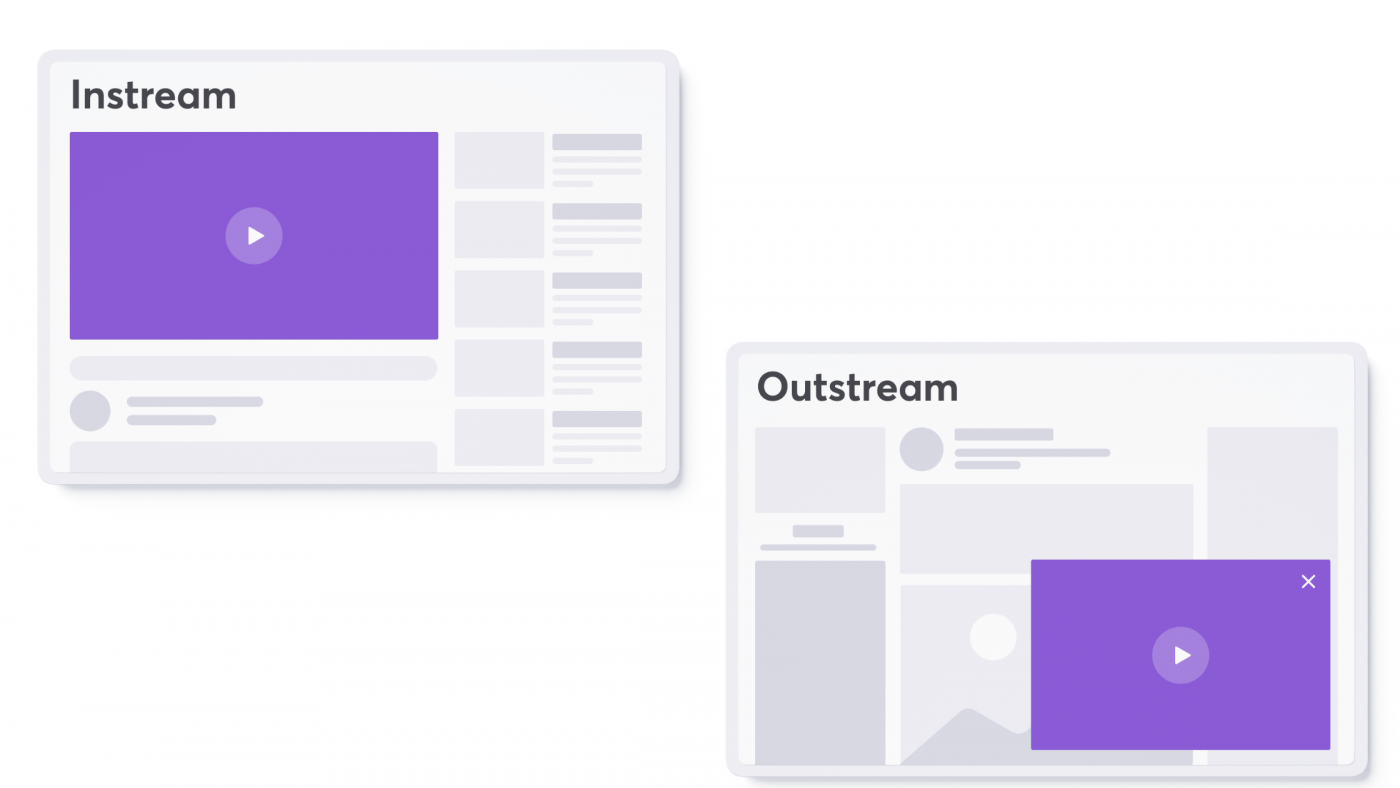
Programmatic Video Advertising by Out-stream ads
Out-of-stream advertising is a type of programmatic video ad. These ads play as interstitials between app activities or within articles, separate from video content. In-stream ads automatically start playing softly, capturing consumers’ attention as they browse. They often include interactive features, such as calls to action or click-to-play audio, which boost engagement rates.
3. Overlay ads
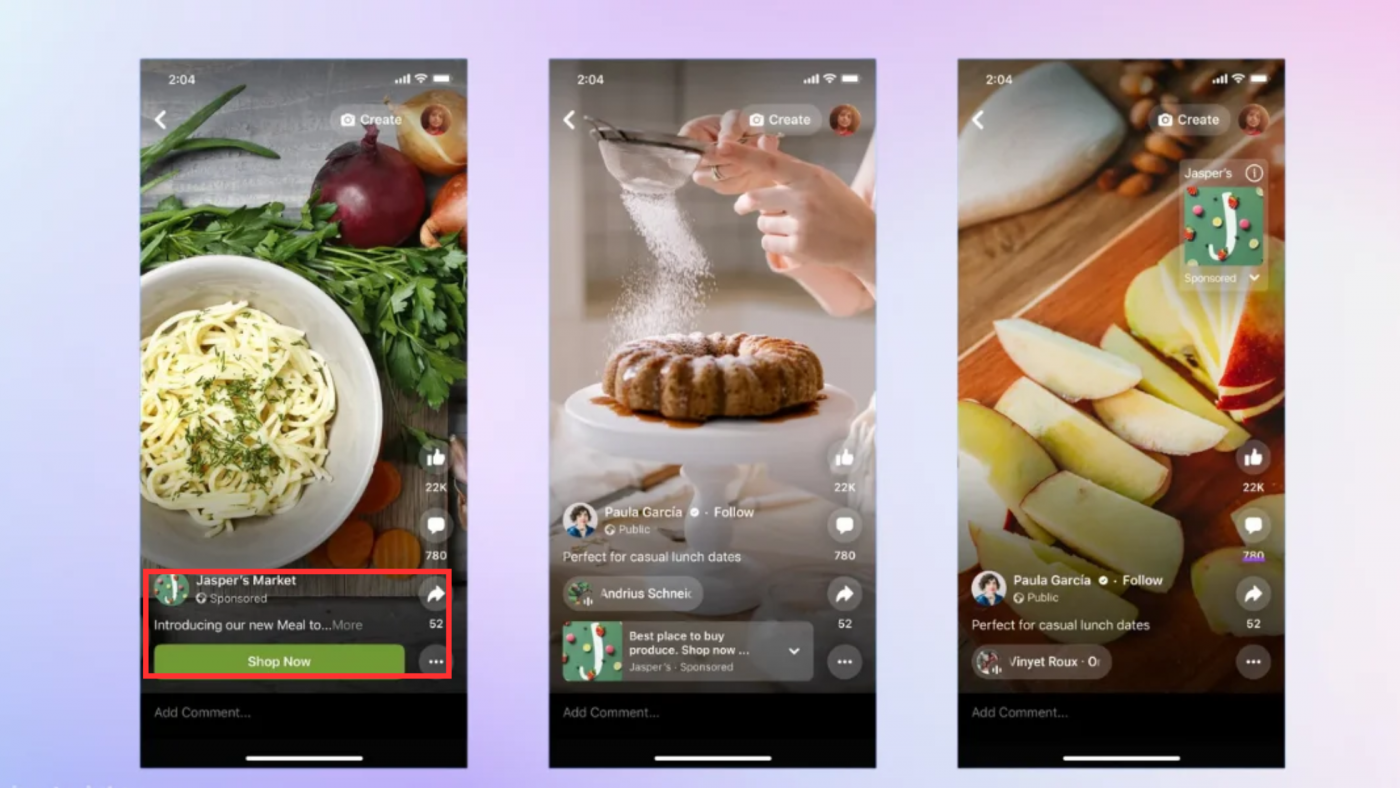
Programmatic Video Advertising by Overlay ads
Overlay ads are popular in programmatic video advertising due to their transparent appearance and ability to overlay video content without disrupting the viewing experience. These ads, usually containing text, graphics, or interactive elements, invite viewers to engage without interrupting their video watching. Overlay ads blend seamlessly with the user experience and provide customized messaging, making them highly effective at boosting brand exposure and engagement.
4. Interactive ads
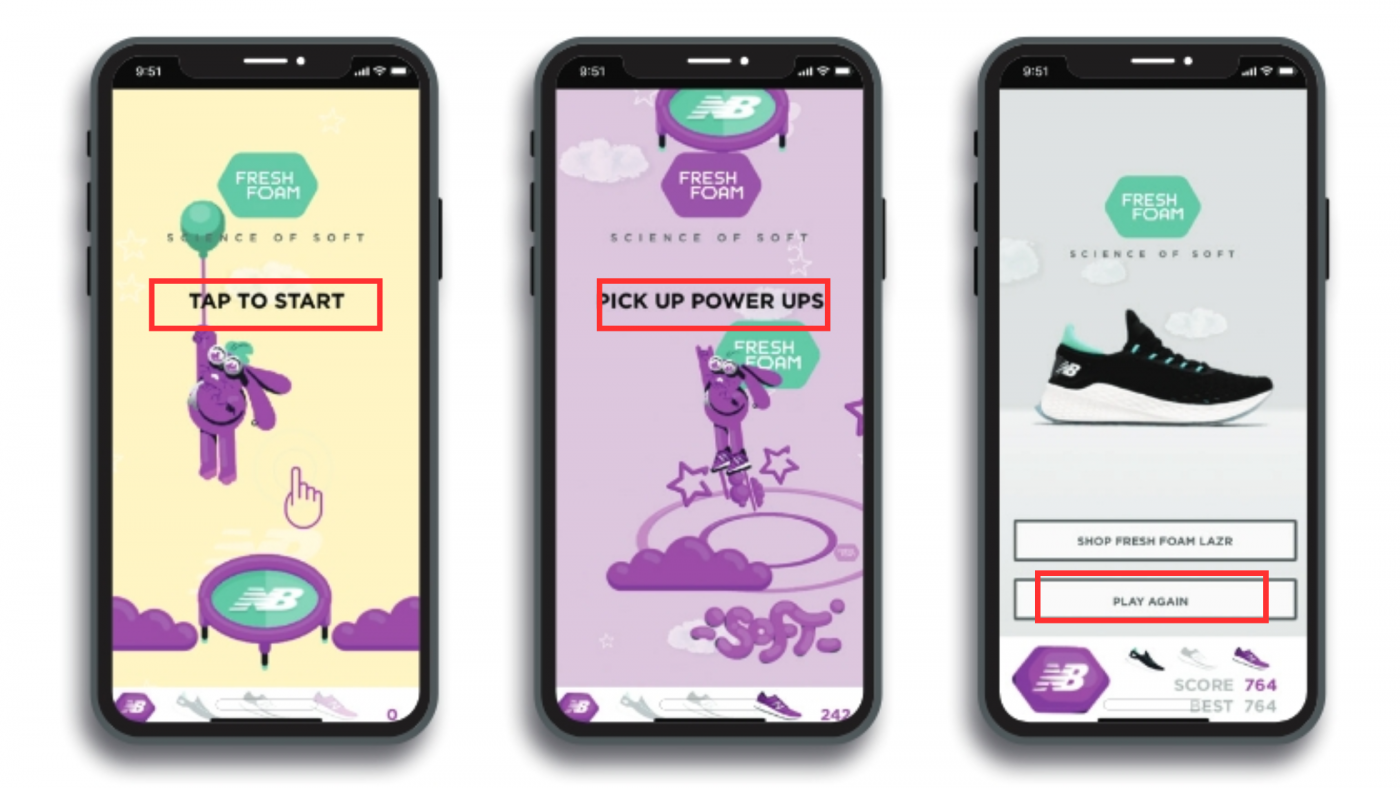
Programmatic Video Advertising by Interactive ads
Another cutting-edge form of programmatic video ad is interactive advertising, which provides viewers with an immersive and interesting experience that goes beyond passive viewing. With the help of these advertisements, consumers can engage with the material by studying product features, playing minigames, and clicking on hotspots.
5. Native video ads
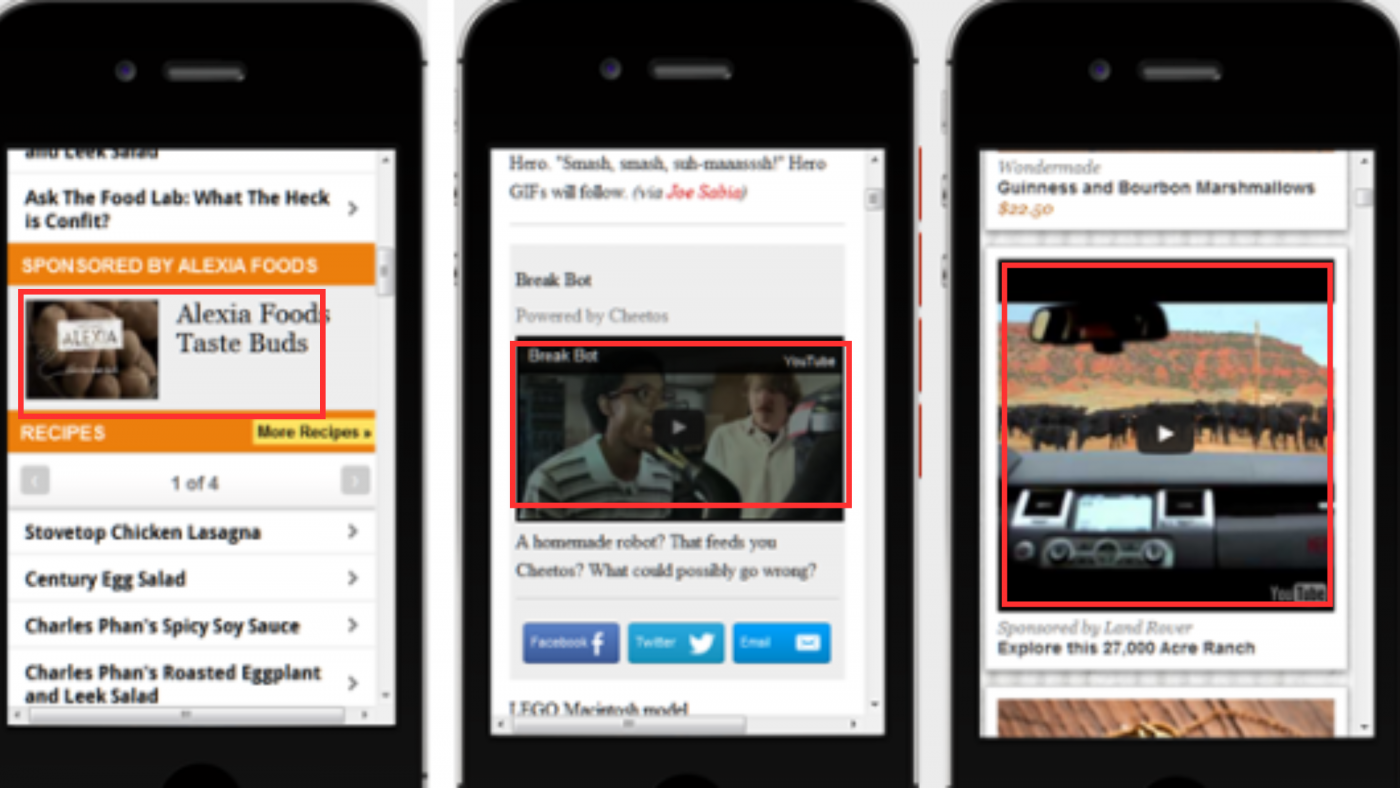
Programmatic Video Advertising by Native video ads
Programmatic video advertising includes native video ads. These ads blend with the surrounding content and match the platform’s style and aesthetic. They avoid interruption and reach the intended audience with customized messaging. Native video ads integrate smoothly with the user experience, speaking to viewers genuinely and unobtrusively. This approach effectively increases engagement and brand attachment.
3. Benefits and drawbacks of programmatic video advertising
While programmatic video advertising has several benefits, the three primary ones are better campaign performance, more efficiency, and better targeting possibilities.
- Targeting: Programmatic video advertising gives advertisers the ability to precisely target the audience they want by utilizing data insights and machine learning algorithms.
- Efficiency: Programmatic technology streamlines the ad buying process and minimizes manual intervention, saving advertisers time and money by automating the buying and selling of video ad inventory in real-time.
- Campaign performance: With programmatic video advertising, marketers have more control and transparency over their campaigns. They can track performance data in real-time and adjust their strategies accordingly, which improves overall campaign outcomes and returns on investment.
- Engagement: Compared to other formats, programmatic video advertising is more engaging, which raises campaign conversion rates.
To optimize its efficacy, advertisers must overcome a number of obstacles that programmatic video advertising brings.
- Ad fraud is the term for fraudulent activity or invalid traffic produced by bots with the intention of artificially inflating ad impressions or clicks.
- Brand safety: programmatic advertising may unintentionally display advertisements next to offensive or dangerous content, which could affect a brand’s reputation.
- Complexity of the programmatic ecosystem: The programmatic ecosystem is complex, leading to inefficiencies and disparities in ad delivery and reporting. This is due to the involvement of numerous parties and intermediaries in the ad-buying process.
- Cost: For example, programmatic video advertisements are far more expensive than banner ads.
Despite these challenges, programmatic video advertising offers more benefits than drawbacks. It allows marketers to reach their target audience at scale with relevant and engaging video content. This approach drives brand awareness, engagement, and conversions in today’s digital environment.
4. New developments in programmatic video advertising
The landscape of programmatic video advertising is evolving, with new trends offering advertisers innovative ways to engage viewers and enhance campaign performance.
A significant development is the rise of over-the-top (OTT) and connected TV (CTV) advertising. As consumers increasingly use streaming services for entertainment, advertisers are adopting programmatic technology to target viewers on CTV and OTT platforms. This enables the delivery of personalized and relevant video ads directly to living room displays. The result is a blend of efficiency and precise targeting in a relaxed, immersive setting.
Another trend is the combination of videos with other formats, like playable ads, to create multi-page ads aimed at boosting user conversion rates. Data-driven creative optimization is also transforming how video ad content is developed and delivered. By leveraging data insights and artificial intelligence, advertisers can dynamically personalize video ads in real-time based on viewer demographics, interests, and behaviors. This enhances engagement and conversion rates by providing more relevant and compelling video content.
The convergence of programmatic and linear TV advertising is blurring the lines between traditional and digital media buying. Advertisers are integrating their digital and TV ad campaigns using advanced audience targeting and measurement tools. This trend allows advertisers to use the precision and accountability of programmatic video advertising to expand the reach of their TV campaigns.
As programmatic technology advances, we expect continued innovation in areas such as cross-device attribution, advanced targeting capabilities, and enhanced measurement and analytics tools.
5. Conclusion
In the world of digital marketing, programmatic video advertising has become a potent instrument that gives advertisers access to previously unheard-of levels of reach, efficiency, and precision.
Advertisers may send tailored messages to target audiences, optimize campaign success in real-time, and increase return on investment by utilizing data-driven automation.
Adopting programmatic video advertising will be crucial for organizations looking to stay competitive and successfully engage their target audiences in the digital marketplace as consumer behaviors change and technology advances.
